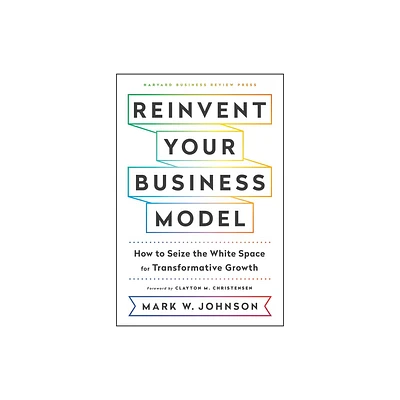Home
Piracy: The Best Business Model Available
Loading Inventory...
Barnes and Noble
Piracy: The Best Business Model Available
Current price: $14.95


Barnes and Noble
Piracy: The Best Business Model Available
Current price: $14.95
Loading Inventory...
Size: OS
*Product Information may vary - to confirm product availability, pricing, and additional information please contact Barnes and Noble
Piracy has been a human endeavor as long as people have been seafaring. The concentration of international counter-piracy efforts in the Gulf of Aden off the Somali coast is relatively new. Well over three millennia ago, around 1400 BCE, pirates roamed the Mediterranean. The first reports are of Lukka sea raiders attacking ships in Asia Minor and later becoming allies of the Hittites. For the next millennia, as the major civilizations grew in the Mediterranean, all encountered or used pirates in the local conflicts. The Phoenician and Greek Sailors complained of pirates as did the Minoans. However, some groups also used pirates to their advantage in waging war. Counter-piracy operations were undertaken by the Athenians, Carthaginians, and Romans.While tales of piracy on the Mediterranean constitute the early reports, it has been a global blight leaving few waters unscathed. The best known cases in American mythology are the highly romanticized exploits of the pirates of the Caribbean. Somewhat perversely, Hollywood productions have managed to transmogrify the public image of pirates from the ruthless, murdering scavengers, and amoral thugs that they were, into affable, albeit somewhat misguided, scoundrels.For many years, pirates did roam the Caribbean, sometimes with authorization from foreign governments and operating as privateers. They began marauding in the 16th century and continued until around 1720. For the most part they were able to function because of the lawlessness in the region, a factor they have in common with today's pirates. This led to what has become known as The Golden Age of Piracy, which is surely a misnomer.The European exploration and exploitation of the New World facilitated piracy. In settling the Americas, the leaders of all countries wanted goods shipped back to their home ports. The tales of Spanish galleons laden with gold and other treasures were well known. Traveling alone soon proved too dangerous as the wealth they carried was a tempting target. However, even sailing in convoys did not guarantee security from heavily armed and fast moving pirates. During that time, the near constant wars in Europe spilled over into the region. The slave trade also became important, as the indigenous population of the exploited areas did not fare well when they came in contact with disease carried by the European explorers and settlers. By some estimates, over 90 percent of the native population died from these epidemic diseases. Thus, needing hands to work mines and fields, slaves from Africa were imported in substantial numbers. The slave ships were also tempting targets for pirates.




